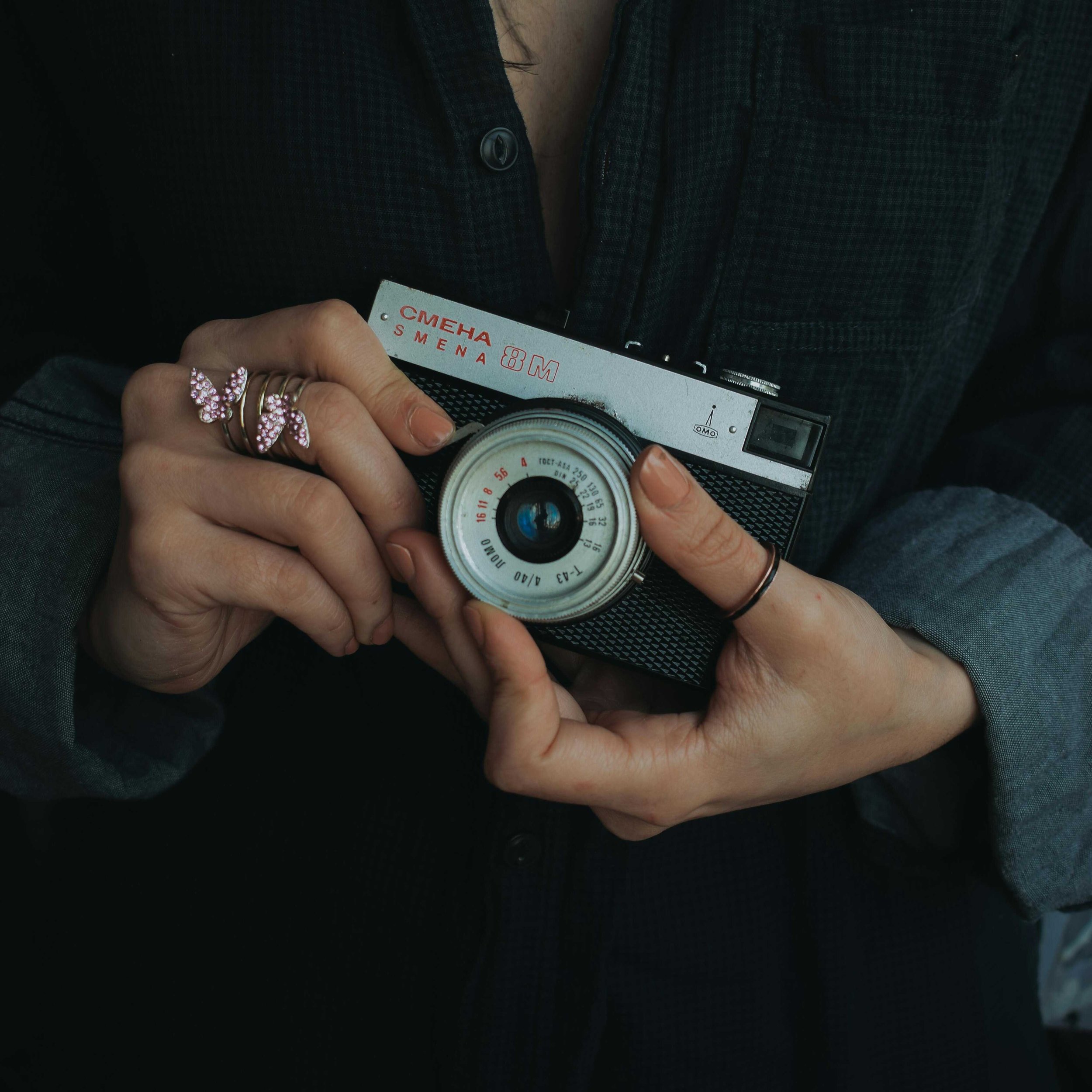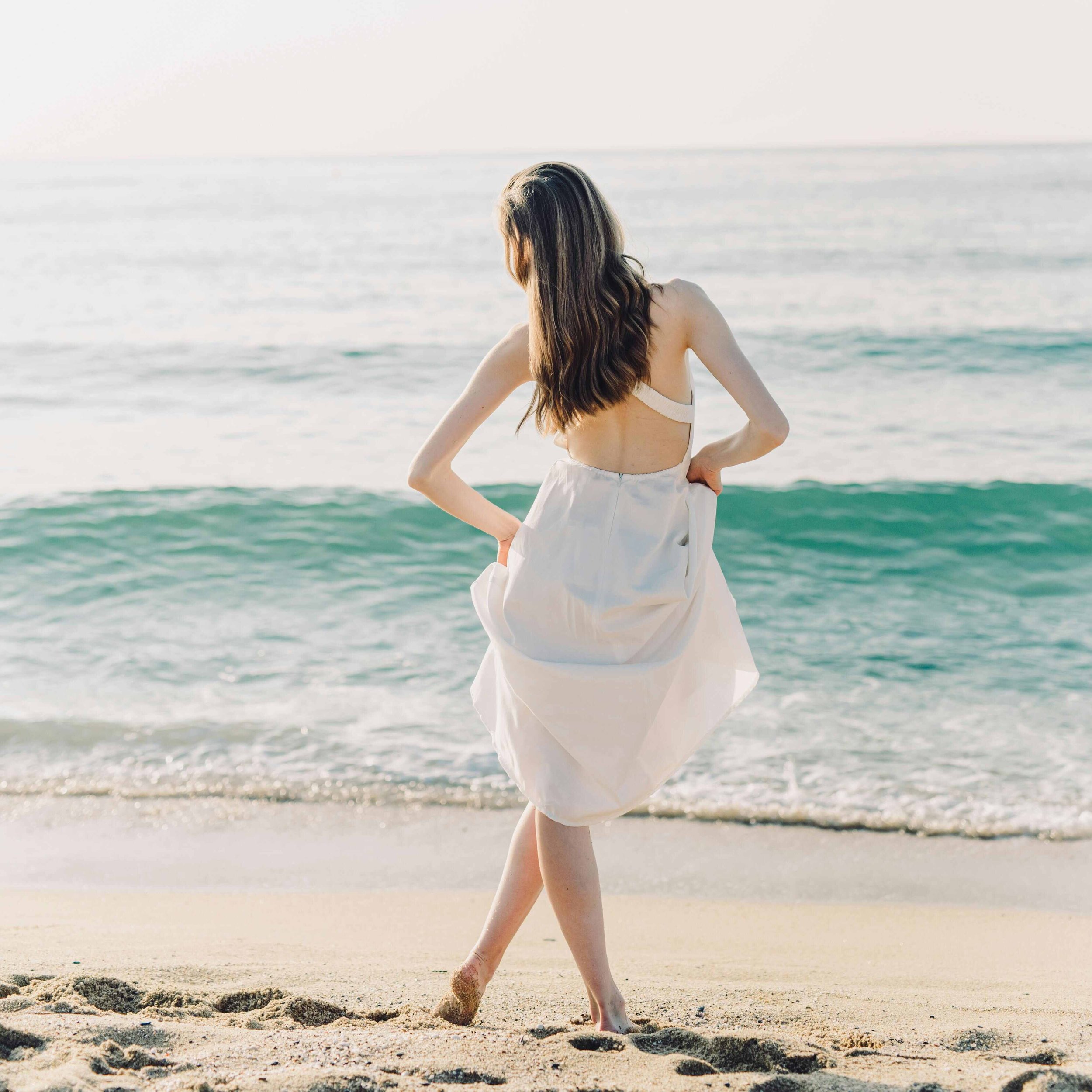Product Photography Tips and Tricks for Amazing Photos
Product photography is essential for showcasing your products in the best light and driving sales, whether you're selling online or in print catalogs. But taking great product photos doesn't require expensive equipment or a professional studio.
With a few simple tips and tricks, you can capture stunning, high-quality product images that will make your items irresistible to potential buyers. Here's how to get started.
Use Proper Lighting
Lighting is the single most important factor in product photography. Proper lighting will help accurately represent the color and texture of your products while making them pop off the screen or page.
Natural window light can work well, especially for relatively small products. Set up a table near a large window and use a white foam board or poster board to reflect light back onto the shadowed side of the product, evening out the lighting.
For larger products or more control, use softbox lighting or a lightbox (also called a light tent). These diffuse the light and reduce glare and harsh shadows. With softboxes, use at least two lights, one on either side of the product, for even illumination. A lightbox has translucent white sides that surround the product and diffuse light shining in from the outside.
Avoid using the built-in flash on your camera, as this creates a harsh, flat light with distracting shadows. Continuous lighting will allow you to see exactly how the light is interacting with the product.
Choose the Right Background
In most cases, you'll want to use a plain white background to make your products the star of the show. A white backdrop keeps the focus on the product and avoids distracting elements. It also allows the photos to be easily incorporated into different contexts later.
A sheet of poster board or roll of seamless white paper provides an inexpensive, easy solution. For floating effects, a sheet of acrylic or plexiglass gives a pure white, reflective surface. Make sure your background extends far enough to fill the frame.
In some cases, you may want to use a colored or textured background to complement the product or convey a certain mood. But keep backgrounds simple and subtle so they don't overpower the product itself.
Use a Tripod
Camera shake is the enemy of sharp product photos. Even the slightest movement when pressing the shutter button can result in blurry images, especially in low light conditions.
A tripod keeps your camera completely stable for consistently sharp shots. It also allows you to use a slower shutter speed in lower light, and ensures consistency across multiple product shots taken from the same angle.
Shoot a Variety of Angles
Give customers a complete view of the product by capturing it from multiple angles. Shoot a combination of the following:
Front view
45 degree angles (front left, front right, back left, back right)
Side views
Top view
Close-up details of key features, textures, etc.
For some products, like apparel, showing the item in use can be effective. For example, a shirt on a model or a close-up of a hand pulling on the fabric to showcase its texture and quality.
Having a variety of shots allows you to feature multiple images per product on your website. It gives customers a better sense of the item and can increase their confidence to purchase.
Style the Product
Styling the product means arranging it in an attractive, realistic way and pairing it with complementary props when appropriate. The idea is to help customers envision the product in use while highlighting its best features.
For example, when photographing a coffee maker, you might include a mug, beans, and other related items alongside it. Or for a piece of clothing, style it with matching accessories to suggest outfit ideas.
Keep the props simple and minimal so they enhance rather than distract from the main product. When in doubt, err on the side of simplicity. The product itself should always be the focus.
Capture the Details
In addition to overall shots that show the entire product, be sure to capture close-up images of important details too. These could include:
Zippers, buttons, and fasteners on apparel or bags
Texture of materials
Stitching and construction details
Labels and tags
Unique features like embroidery or engraving
Detail shots help tell the story of the product's quality and craftsmanship. They allow customers to scrutinize the item up close, as they would in person. For higher priced goods, especially, detailed shots are key for demonstrating value and justifying the cost.
Use a Mannequin or Live Model
For many apparel products, using a mannequin or live model can be very effective. It allows customers to get a sense of the fit, drape, and movement of the garment in a way that's not possible with flat or hanger shots alone.
If using a mannequin, choose one that complements the style of the clothing. For example, a vintage dress form for retro-inspired styles or a sporty mannequin for activewear.
Live models add a human element and can create an emotional connection. Customers may imagine themselves in the clothes. For e-commerce, you can even use a model to demonstrate features like thumb holes in sleeves or the fit of a garment.
Optimize Images for Web
Once you've captured beautiful product photos, make sure they look just as good online by optimizing them properly. Large image files can slow down your website, so resize them to the appropriate dimensions and compress them to reduce the file size.
The exact dimensions will depend on your website layout, but in general, a width of 1000–1600 pixels is a good target for the main product shot. Larger images allow customers to zoom in for a closer look.
When compressing, use the "Save for Web" function in Photoshop or a plugin like WP Smush. This will apply the proper amount of compression while preserving image quality. Aim for a file size of 150 KB or less per image.
Example Product Photographs
Here are 5 examples demonstrating these product photography tips in action:
1. Masquerade Stores - Horror Masks
This shot of a creepy clown mask uses dramatic lighting to highlight the details and textures that make the mask so horrifying. A dark, shadowy background adds to the unsettling mood, perfect for this type of product.
The mask is shown from a slightly angled front view, allowing the customer to see it as it would appear when worn. Styling the mask with a wig enhances the realism.
Check out more terrifying horror masks
2. Denali Electronics - LED DRL Lights
Photographed on a white background, these LED daytime running lights from Denali Electronics are captured in crisp detail. Multiple views are provided, including front, back, and side, giving a complete look at the product.
Close-ups of the wiring and mounting hardware help customers understand how the lights install and function. The pure white background keeps the focus on the product while allowing it to be displayed in any context.
Try these DRL lights to add style and visibility to your vehicle.
3. Gourmet Food Gift Basket
A variety of angles are used to capture this upscale food gift basket, including a front view, top view, and close-ups of the contents. Styling the basket with a few key items placed around it helps set the scene and reinforces the gourmet theme.
The warm wood background complements the natural materials of the basket and contents. Showing the basket unwrapped as well as wrapped gives customers a complete sense of the product.
4. Leather Handbag
This classic leather handbag is photographed on a white background from multiple angles to showcase its structure and details. A 45 degree view emphasizes the bag's shape and front pocket, while a top view provides a look at the interior compartments.
Close-ups of the stitching, buckles, and embossed logo highlight the craftsmanship and branding that justify the high-end price point. Capturing the bag both stuffed and unstuffed shows how it looks in use.
5. Fitness Tracker Smartwatch
For this fitness tracker watch, the product is photographed alone as well as on a model to provide context and show scale. The crisp, modern styling of the images matches the sleek design of the device.
A variety of lifestyle shots depict the watch in action, from checking workout stats to receiving smartphone notifications. Detail shots zoom in on the screen interface, controls, and wristband.
By thoughtfully applying these product photography tips and techniques, you can create scroll-stopping product images that boost your brand and your bottom line. You don't need a massive budget or expensive gear—just a little creativity and attention to detail. With practice and patience, you'll be producing professional-quality product photos in no time.
Get Free Presets for Lightroom created by top photographers to update your presets collection, save down on editing time, and open up new artistic horizons.




















